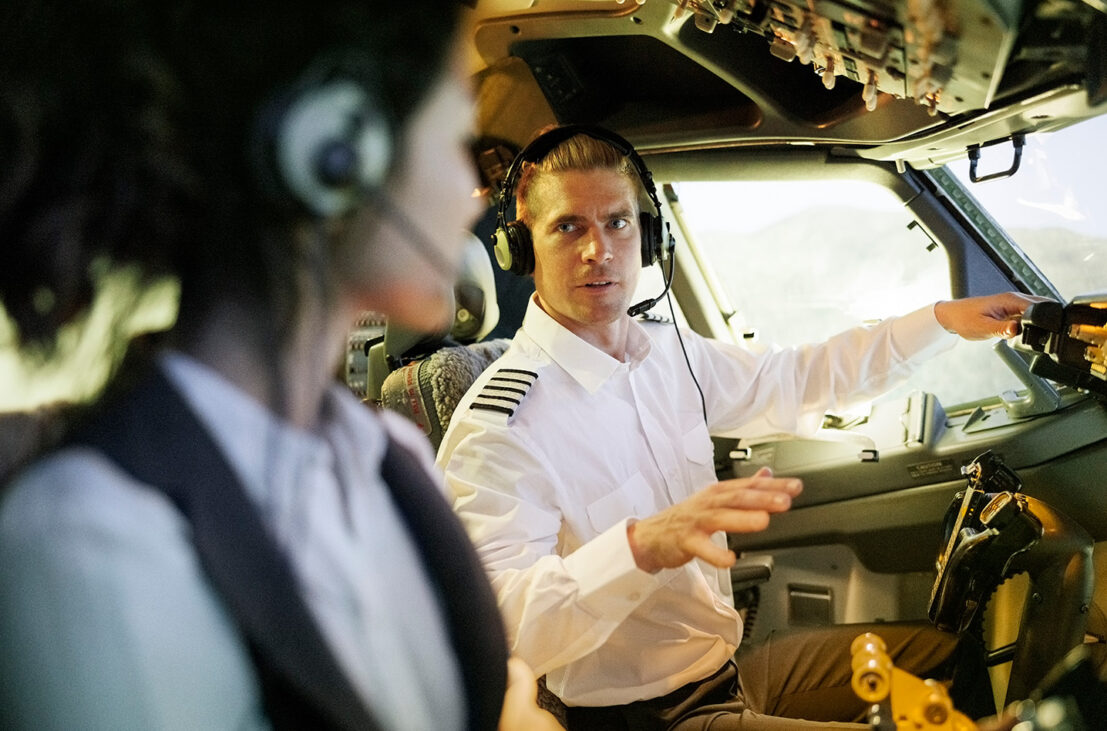
Oct. 30, 2023
The FAA’s Air Transportation Division has aligned the circling approach criteria the agency’s inspectors use to approve these approaches at Part 142 training centers with the criteria specified in the airman certification standards (ACS) for the airline transport pilot and type rating for airplanes.
The issue has been a point of discussion between NBAA’s Domestic Operations Committee (DOC) and the FAA since 2019, when the FAA introduced the ACS, said Eric Canup, senior vice president of flight operations at Live Oak Bank and DOC chairman.
“After years of only practicing circling approaches at John F. Kennedy or Memphis airports, this allows Part 142 training providers to create more realistic circling approach training scenarios,” he said. “It also increases the utility of conducting circling approaches at airports where business [aircraft] operators are more likely to experience them in actual line flying. The enhancement to safety cannot be overstated.”
The policy deviation allows inspectors at the FAA’s Part 142 Certificate Management Office to approve circling approach training that matches ATP ACS testing criteria until the inspector guidance in FAA Order 8900.1 is updated.
Harmonizing the Part 142 criteria with the ACS allows training centers to employ a larger variety of circling approaches, enhancing pilots’ training and evaluation, said DOC member John Vetter, manager of regulatory affairs for FlightSafety International.
“The old standard limited simulator training centers to a half dozen circling approach plate orientations,” he said. “The new standard gives us many times that number.”
Heading change is what differentiates the standards. The previous Part 142 criteria specified that circling approaches used for simulator training “must have a minimum of 90 degrees between the approach course and the landing runway heading.” And only instrument approach procedures “with a landing runway heading that is at least 90 degrees from the final approach course may be approved for use.” The ACS states a circling “approach and landing scenario must include visual maneuvering from the final approach course to a base or downwind leg, as appropriate, for the landing runway. The applicant may circle to land on a runway that is less than 90-degrees offset from the final approach course provided the applicant makes at least 90 degrees of total heading change(s).”
The deviation memo authorizes Part 142 inspectors to approve circling approaches that meet the ACS requirements, but this doesn’t mean Part 142 training centers can use any circling approach that meets the new heading change requirements, said Vetter.
Another requirement is keeping identifiable portions of the airport environment in sight while flying the circling approach.
“We have to approve each specific approach in each specific simulator to receive testing and checking credit,” added Vetter. “Not every airport environment in the visual system is modeled to verified Class I or II standards, but now we can use Teterboro, and the other airports approved in the simulator’s visual database where the total heading change meets the ACS’s 90-degree requirement.”


 International Business Aviation Council Ltd.
International Business Aviation Council Ltd.